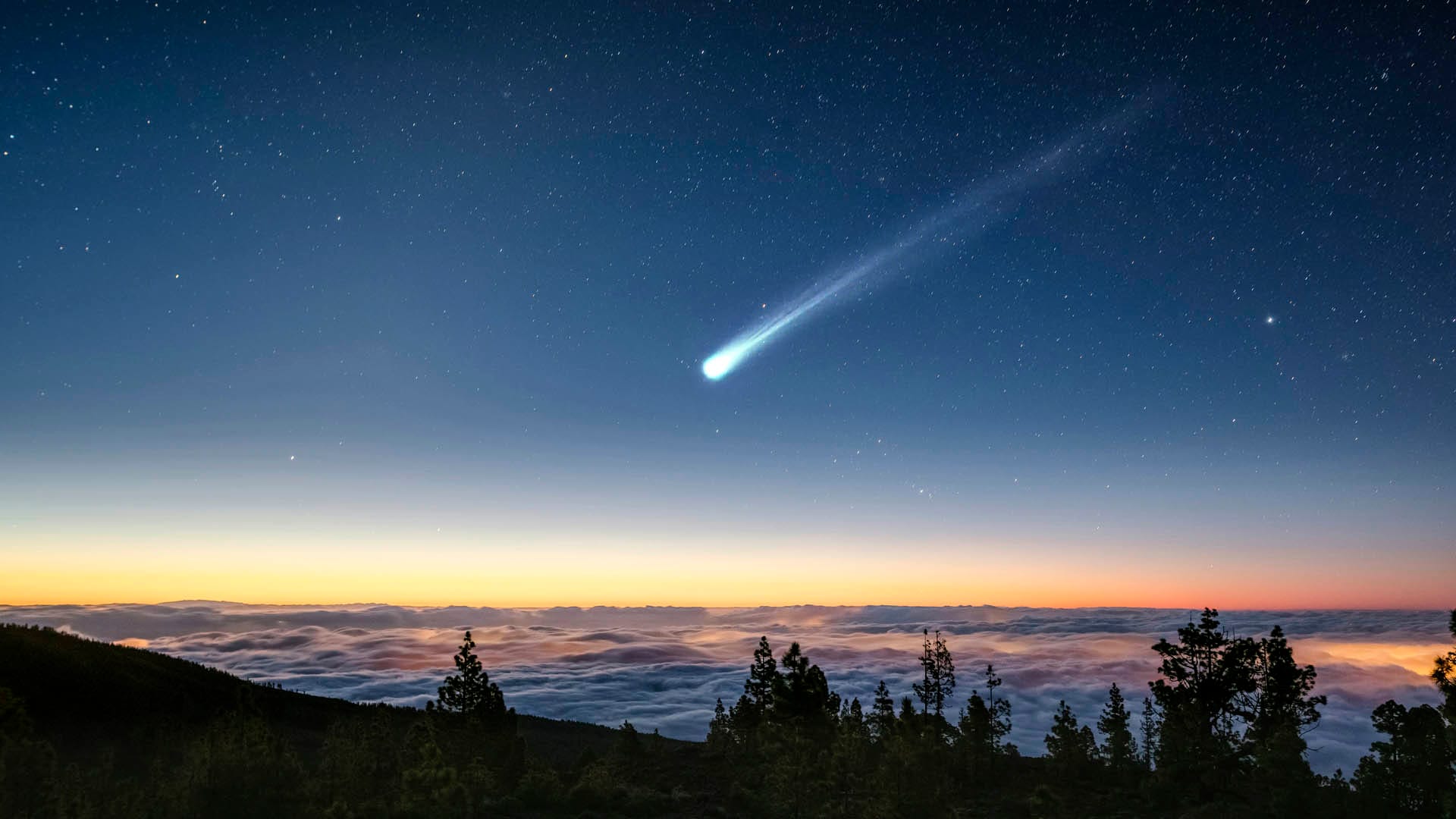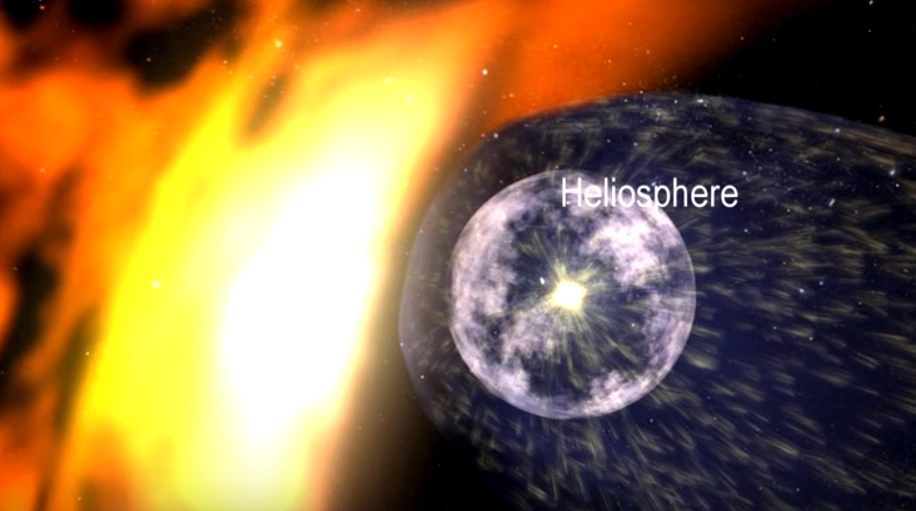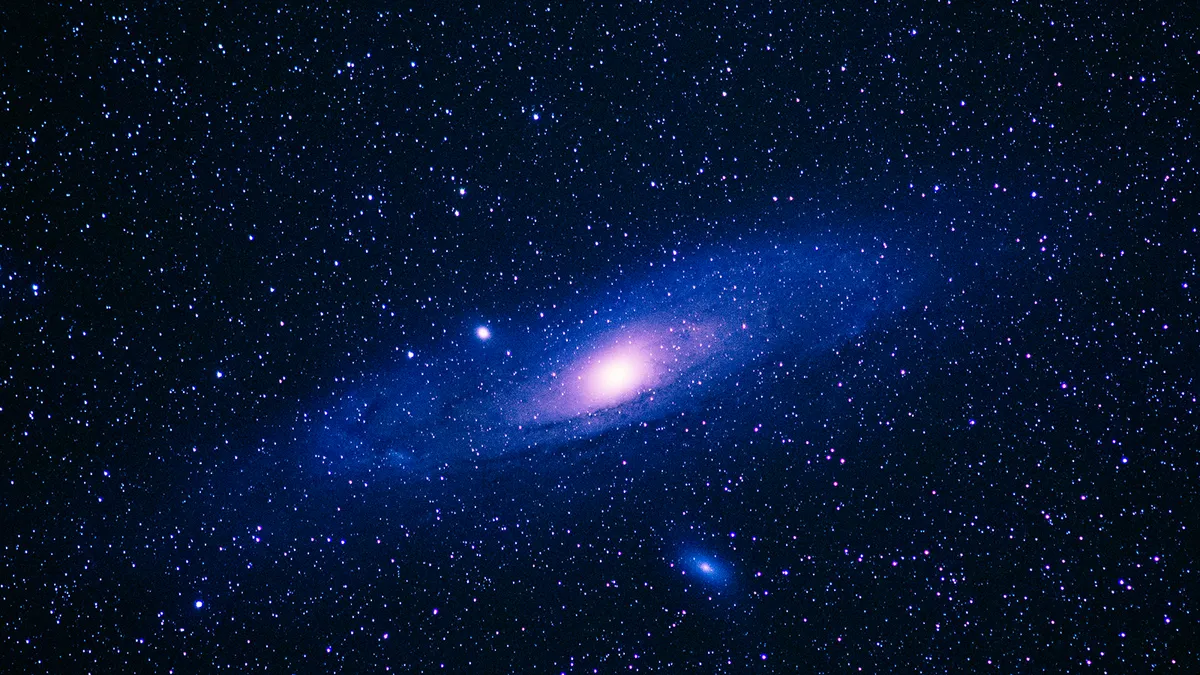Comets are small, icy bodies that orbit the Sun. They are often referred to as “dirty snowballs” because they are composed of ice, dust, and rock. When a comet approaches the Sun, its ice vaporizes, forming a coma and often a long tail.
Formation of Comets
Most comets are believed to originate in the Kuiper Belt, a region of icy bodies beyond Neptune. Some comets may come from the Oort Cloud, a vast spherical cloud of icy bodies that surrounds the solar system.
Components of Comets
- Nucleus: The nucleus of a comet is a solid body composed of ice, dust, and rock.
- Coma: As a comet approaches the Sun, its ice vaporizes, forming a coma of gas and dust.
- Tail: The tail of a comet is formed by the solar wind blowing the coma away from the Sun. It can be millions of kilometers long.
Famous Comets
- Halley’s Comet: One of the most famous comets, Halley’s Comet returns to the inner solar system every 75-76 years. It was last seen in 1986 and will return in 2061.
- Comet Hale-Bopp: This comet was one of the brightest comets of the 20th century, visible to the naked eye for many months in 1997.
- Comet Shoemaker-Levy 9: This comet collided with Jupiter in 1994, providing astronomers with a rare opportunity to observe a major celestial event.
Impact of Comets
- Earth’s History: Some scientists believe that comets may have played a role in the delivery of water and organic molecules to Earth, which could have led to the development of life.
- Potential Hazards: Comets can pose a potential threat to Earth if they collide with our planet. However, the risk of a large comet impact is very low.
Comets are fascinating celestial objects that have captivated humans for centuries. They offer valuable insights into the formation and evolution of our solar system.
Would you like to learn more about a specific comet or the potential hazards they pose?



